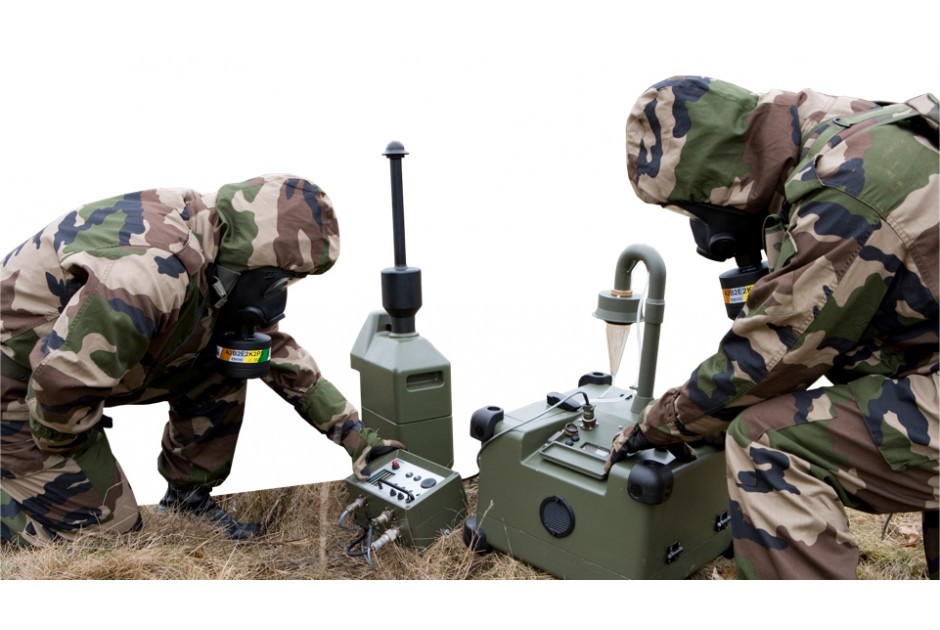ANSI Z87.1 Eye and face protectors impact optical and coverage testing
The ANSI Z87.1 standard is a cornerstone in ensuring eye and face protection devices are safe, effective, and provide adequate optical performance for the wearer. This service focuses on evaluating the impact resistance and optical integrity of protective equipment, ensuring it meets stringent industry standards.
Impact testing under ANSI Z87.1 involves subjecting protective eyewear to high-velocity impacts from various projectiles to assess their ability to withstand potential hazards in industrial environments. Coverage testing ensures that the device provides adequate protection over the entire area intended for coverage, such as across the eye and face region.
Optical performance is critical because poor optical quality can compromise a wearer's visibility and judgment during hazardous tasks. This service employs advanced instrumentation to measure light transmission, refraction, and distortion, ensuring that protective eyewear maintains its clarity and effectiveness under real-world conditions.
The testing process begins with a detailed inspection of the protective equipment for any visible damage or defects. Once approved, specimens are subjected to a series of tests designed to simulate potential workplace hazards. These include impact resistance tests using standardized projectiles like steel balls and cubes, as well as optical performance tests using light meters and other diagnostic tools.
The results from these tests are meticulously documented and compared against the ANSI Z87.1 standard criteria for impact resistance and optical clarity. Compliance with these standards ensures that protective equipment is not only safe but also performs optimally in various lighting conditions, enhancing worker safety and productivity.
By adhering to this rigorous testing protocol, we ensure that the protective eyewear meets the stringent requirements set forth by ANSI Z87.1, providing a high level of confidence for quality managers, compliance officers, R&D engineers, and procurement professionals who rely on these devices.
Customer Impact and Satisfaction
Ensures workplace safety by reducing the risk of eye injuries from impact hazards.
Achieves regulatory compliance for industries that require ANSI Z87.1 certification.
Maintains optical performance, thereby enhancing visibility and decision-making abilities during critical tasks.
Provides data-backed evidence of product reliability, which builds trust with end-users.
In summary, our ANSI Z87.1 testing service is a critical component in maintaining the highest standards of safety and compliance for protective eyewear used across various sectors.
Environmental and Sustainability Contributions
The rigorous testing process under ANSI Z87.1 helps ensure that protective equipment is not only safe but also durable, reducing waste and improving resource efficiency in the long run. By adhering to these standards, we contribute to a safer and more sustainable working environment.
Our service supports sustainability goals by ensuring that products are designed with durability in mind, thus extending their useful life and minimizing unnecessary replacements. This approach aligns with broader environmental initiatives aimed at reducing waste and promoting responsible consumption.
Use Cases and Application Examples
The ANSI Z87.1 standard is widely applicable across various sectors where eye and face protection are critical for worker safety. Here are a few use cases:
In manufacturing plants, workers assembling delicate components or handling heavy machinery benefit from ANSI Z87.1 compliant eyewear.
Construction sites require protective equipment that can withstand debris and other potential hazards. Our testing ensures the integrity of this gear under real-world conditions.
In chemical processing environments, ANSI Z87.1 certified face shields provide critical protection against splashes and sprays.
These examples illustrate how our service plays a vital role in ensuring that protective equipment meets the highest safety standards across diverse industries.





